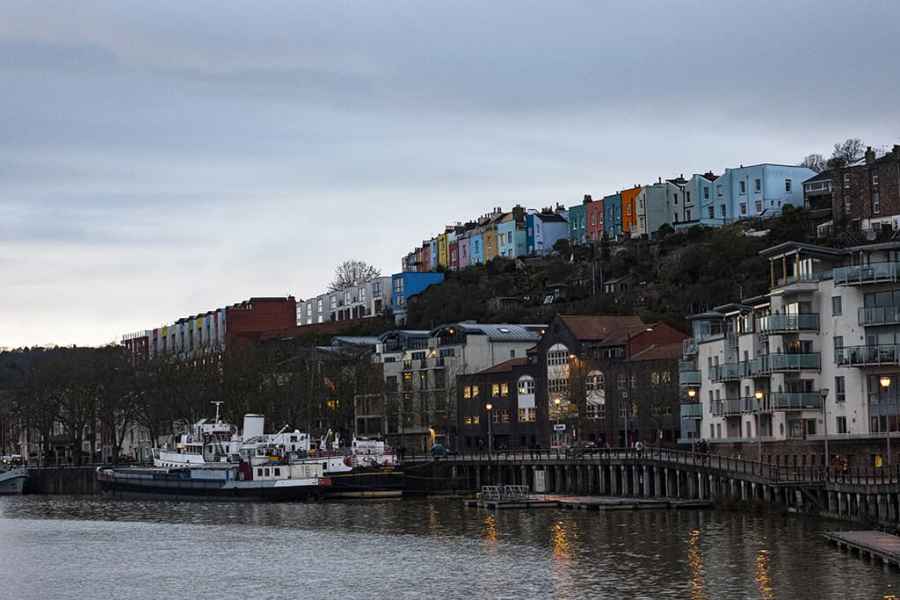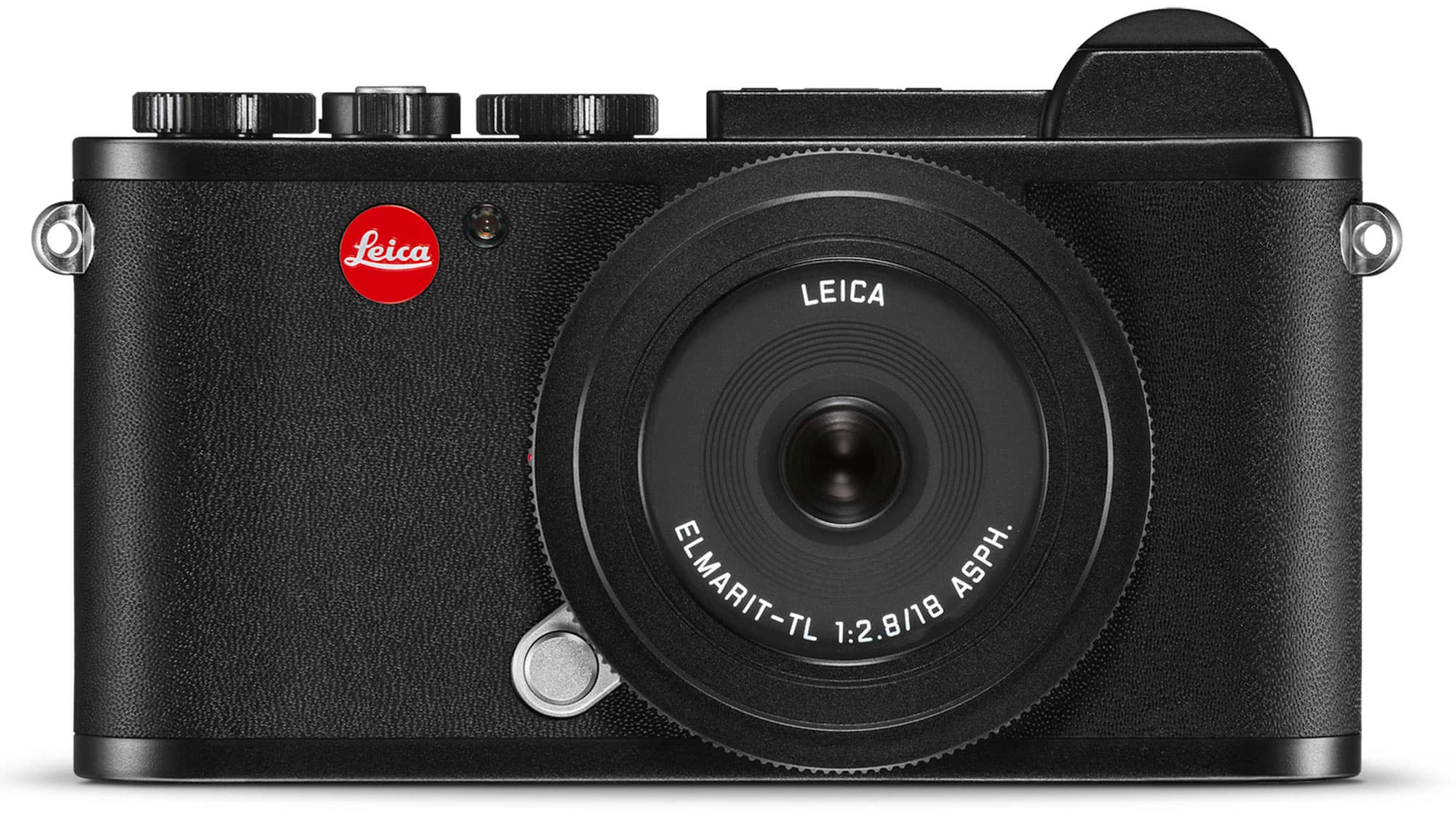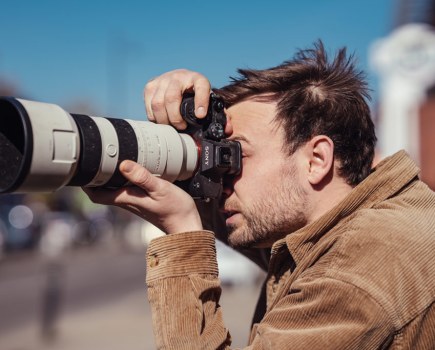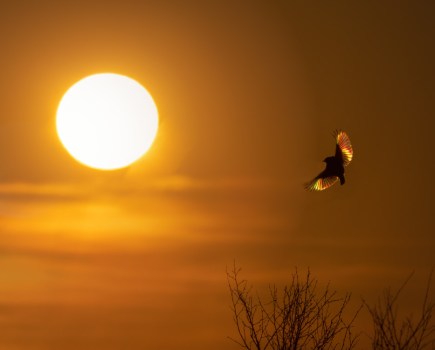Leica CL data file
£2,250 body only
24.2MP APS-C sensor
ISO 100-50,000
L mount
2.36m-dot electronic viewfinder
3in 1.04m-dot touchscreen
49-point contrast detection AF
10fps continuous shooting
4K 30fps video; Full HD up to 60fps
Leica: it’s all about beautifully made but expensive rangefinders for Cartier-Bresson wannabes, right? Along with those mythically sharp lenses with evocative names like Summilux, or bucket-list buys like the M10 Monochrom…
While these are the products that have established Leica’s reputation as a premium-quality, premium-price brand, the company also has some neat cameras much further down the price range. A notable example is the Leica CL, an APS-C mirrorless model that came out in 2017 (an upgrade is widely expected this year, but so far nothing’s been confirmed by the company).
The CL is a 24MP rangefinder-style mirrorless camera, which sat alongside the TL2 in the company’s APS-C lineup when it first came out. That’s nearly four years ago, which is an age in camera tech terms, so is the CL still a good buy? While it’s more affordable than M-series cameras, you’d hardly call it an impulse buy at £2,250 from the official Leica store – and that’s body only.

Effective metering and a wide dynamic range ensure good landscape results
Leica CL, Sigma 56mm F1.4 DC DN, 1/100sec at f/8, ISO 160
Now and Zen
I first picked up a CL in the year it came out and was instantly impressed, so much so that I recently bought one second-hand with the Elmarit 18mm f/2.8 pancake lens. What immediately strikes you is the build quality and ergonomics. The built-in EVF is also very impressive; bright and clear, with 2.36-million dots.
The CL is beautifully made, with a black or silver anodized finish. Its top and bottom covers are made from milled aluminium alloy while the front and rear body shells are magnesium alloy, giving you a rigid and scuff-proof camera that is also light – we’re talking only 403g with the battery, and the Elmarit lens is so svelte that you worry about losing it. When used with smaller form-factor lenses, the CL makes a fantastic travel companion that never weighs you down.
As for the stripped-back design, it will be like catnip if you despair of all the buttons, dials and lettering that clutter a lot of other APS-C cameras. The top plate is very Zen, simply featuring two plain dials for adjusting key settings, which sit either side of a small but easy-to-read LCD. Then there’s just the power switch and the hot shoe.
At the back you have a 1.04m-dot LCD, three buttons for image review, function assignment and menu, and a diminutive four-way navigation pad and OK button. Around the front, there’s just the lens release and that iconic Leica badge. If this minimalist interface seems a bit restrictive, don’t worry, as there is a wide range of cleverly designed customisation options.
It’s a matter of taste, but I find the Leica CL menu system very intuitive compared to that of its rivals (are you listening, OM Digital Solutions?) The camera handling has got even better with a recent firmware update, which gives quick touchscreen access to the menu, along with idiot- proof icons. I’m going to stick my neck out and say the CL has the best-designed menu system of any digital camera I have used.

Low-light performance is solid but we didn’t push much beyond ISO 6400
Leica CL, Sigma 56mm F1.4 DC DN,
1/100sec at f/5, ISO 3200
Image quality holds up
We mentioned the LCD earlier. At three inches, there is plenty of real estate for framing your shots but it’s totally fixed. A vari-angle screen is widely predicted for
the next iteration of the CL, and this would definitely help with street/documentary work, or shooting from awkward angles. Only time will tell.
You’re never going to win any resolution wars with a 24MP APS-C sensor, but I am generally happy with the image quality. I always shoot in raw, as DNG files from the Leica are so very easy to process. There is plenty of detail from that sensor and a wide dynamic range, unless you are printing billboard-size, or need very high-resolution landscapes or portrait images.
One area where the CL is showing its age is ISO performance. The range goes from ISO 100 to ISO 50,000, which is respectable rather than remarkable these days. But images clean up nicely below ISO 6400.
Focusing is based on contrast detection and perfectly adequate for most everyday shooting situations. The AF covers the entire image area, which I find very useful for travel, street and documentary, and the camera is no slouch, firing off 10 frames per second – again, more than enough for the street/travel target market.

The silent electronic shutter is useful for candid street shots
Leica CL, Sigma 56mm F1.4 DC DN 1/160sec at f/5.6, ISO 400
Basic video, great lens choice
This is a small camera, which makes it ideal for discreet photography, in the finest Leica tradition. Being able to use a silent electronic shutter is another bonus – particularly when shooting in a church or temple, for example, or whenever you want to avoid drawing attention to yourself. You can manually select the electronic shutter in the menu, and easily change back to the manual shutter when you want to avoid rolling shutter distortion (not that this has ever been a problem for me).
When it comes to video, the CL does the job, but you can now get a lot more bang for your buck. The CL records 4K footage at 3840×2160 resolution and 30fps, and the touchscreen enables you to pull focus from one subject to another, and apply exposure compensation to lighten or darken as required. There is no direct control over shutter speed, aperture or ISO, however, and the CL lacks headphone and microphone sockets.
A wide choice of lenses is now available for the CL. Leica’s own L-mount lenses cost a fortune, but there are some outstanding, reasonably priced alternatives. A great example is the Sigma 56mm F1.4 DC DN, which you can pick up for around £350. This has become my go-to lens in a lot of situations and while it does make the CL feel bulkier compared to the Elmarit pancake, it’s a superb performer: fast, sharp and very well made.
I also invested in a used M adapter so I can use a much wider range of Leica lenses, or comparatively cheap, manual- focus glass from Voigtländer. On the subject of manual focus, the CL has effective focus peaking, which, when combined with its high-quality electronic viewfinder, makes it much easier to get sharper shots. I enjoy using the Film Style colour modes too, particularly high-contrast black & white; this goes some way to compensate for the fact that I can’t afford an M10 Monochrom.

The high-contrast black & white Film Style delivers the goods
No budget choice
So, what are the downsides of the CL? However much I like the camera, it is expensive for an APS-C device, particularly if you pair it with Leica glass. There is a wide range of quality used models with warranties out there, however, and prices are pretty much bound to fall once the successor is announced.
We mentioned the bare-bones video performance and lack of a vari-angle screen, but a bigger problem for many potential buyers will be the absence of image stabilisation, either in-body or via lenses. I tend to shoot with Auto ISO however, and keep the shutter speeds up, so again, it’s not a major headache but I can see how it would put potential purchasers off.
Some also might bewail the limited connectivity, too: although you get built-in Wi-Fi, there are no USB or HDMI ports, or socket for a remote shutter release.

JPEG colour is punchy and raw files full of detail
Leica CL, Sigma 56mm F1.4 DC DN,
1/125sec at f/5, ISO 1600
My biggest niggle, however, is the battery, which makes a mayfly seem long-lived. I am still using a 2017 cell, and am lucky to get an afternoon’s shooting out of it. Branded Leica replacements are pricey, too – around £80. Fortunately, the CL’s BP-DC12 battery is identical to the Panasonic DMW-BCL12E that’s used in lots of its compact and Four Thirds cameras, as well as the Sigma BP-51 from the old Quattro compacts.
Take a punt on a cheap Chinese battery from eBay, and you can power up for around £25, which is a lot more reasonable. Good to know, as spare batteries are a must with the CL. As a final niggle, the power switch has become quite stiff with use. At least you won’t turn the camera on by accident…
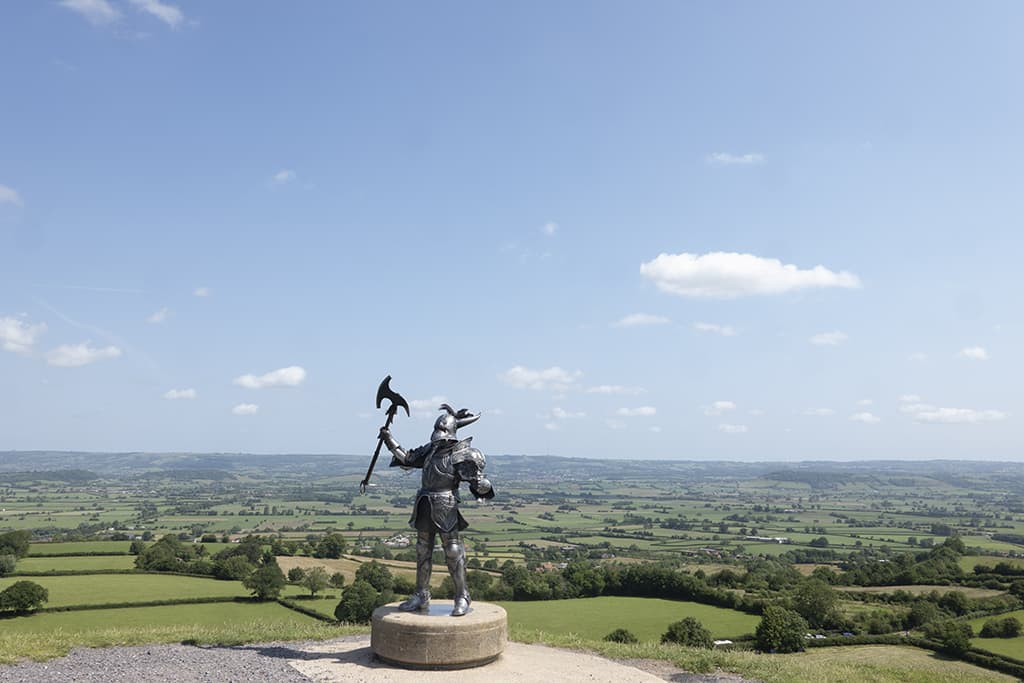
Contrast detect AF covers the entire image area, handy with wider shots
Leica CL, Leica Elmarit 18mm f/2.8, 1/100sec at f/7.1, ISO 100
Heart vs head
To sum up. Whether or not to buy the CL will come down to a head vs heart decision, and the kind of photography you favour. It’s expensive considering the specs on offer in a 2017-vintage, APS-C camera – but it is beautifully made and designed, and delivers outstanding still-image performance when paired with a decent lens. You really feel like you are getting closer to a purer photographic experience, and the camera has real charm and character.
Thinking about it rationally though, it makes more sense to wait until the successor (hopefully) rolls out this year – unless, of course, you are considering buying a used CL. If so, CLs are great pre-loved buys given Leica’s reputation for superior build quality, not to mention the cachet of that red logo. I love my CL, despite its flaws, and the only reason I would get rid of it would be to trade-in for the newer model. Or for a Monochrom if the editor gives me a pay rise (sound of tumbleweed…)

Your guide: Geoff Harris LRPS
Geoff is the deputy and online editor of AP. A magazine veteran, he’s been with AP since 2016 and is a keen travel, documentary and portrait photographer when he’s not pounding the keys.
Further reading
Leica CL: Ten things you need to know

